Yellow Flowering Perennials
Drops of Sunshine: Yellow Flowering Perennials
The color yellow evokes feelings of happiness and warmth. It is a symbol of positivity, growth, and creativity. If you haven't already, plan to add a splash of joy to your garden with a variety of yellow flowering perennials. We offer a variety of plants that will fit your garden's needs.
This Great Smoky Mountain native is most recognizable for its delicate yellow blossoms that rest on a trio of leaves. Its leaves are striking, with silver marbling through the green. The bloom itself has a faint lemon scent.
It is easy to grow and maintain. It is best to plant when the soil is still warm, either early fall or early spring. However, if you want to see blooms in the first year of planting, it is best to plant in early fall, giving it longer to maturity. Yellow trillium will grow best in moist, humusy soil. When finding a home for it within your garden, try to find a shaded area with room for it to spread.
This yellow flowering perennial does not have any significant issues with insects and disease.
These diurnal perennials mirror the sun. Their blooms open in the morning and wither at night, replaced by a new flower the following day. Make sure to remove the withered flower to encourage new growth. Their petals flare from its slim, cylindrical base, forming a trumpet shape. The flower has a lemony scent and is very fragrant.
Daylilies flourish in zones 3 to 9, making it a safe bet for success just about anywhere. Northern regions should make sure to plant in the spring so that they have time to get established. Southern regions can plant in the spring or fall. They need full or partial sun and are resistant to drought and heat. When choosing a location for these, you have several options. Daylilies are versatile. You can edge a fence line or a sidewalk with them to create an aesthetically pleasing path. They mix well with small grasses and shrubs to create a more elaborate display.
Daffodil
When you think of spring, there is no doubt that daffodils appear in your mind, and for a good reason. These hardy perennials are found throughout the United States and pop up just as winter ends. This iconic flower features six honey-dipped petals surrounding a rippled corona in its center. You will often see them bordering houses, fencelines, and large garden beds. They are an eye-catcher!
Daffodils grow well in most regions of the United States, typically in zones 3 to 8. You will want to plant in the fall, 2-4 weeks before the ground freezes. If you're in a drier climate, be ready to keep the soil wet, but make sure there is excellent drainage for the bulbs. Bulbs are prone to rot if they are kept too moist. They bloom best in full sun to partial shade. They prefer neutral to slightly acidic soil (a pH of 6.0 to 7.0). If you don't see a lot of growth in the spring, add bone meal to the ground. You may also add bulb fertilizer to the topsoil or in the hole at the time of planting.

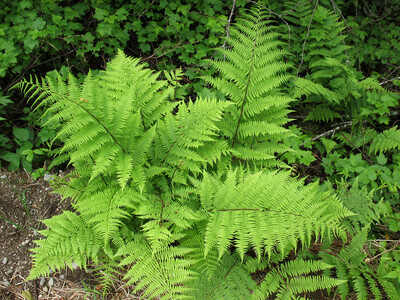 Native Ferns
Native Ferns
 Native Mosses
Native Mosses
 Native Perennials
Native Perennials
 Native Ground Covers
Native Ground Covers
 Native Trees
Native Trees
 Shop By Zone
Shop By Zone
 Flowering Groundcovers
Flowering Groundcovers
 Evergreen Groundcovers
Evergreen Groundcovers
 Pollinators
Pollinators
 Shop Bloom Color
Shop Bloom Color
 Perennials By Zone
Perennials By Zone
 Medicinal Herb Plants
Medicinal Herb Plants
 Spring Bulbs
Spring Bulbs
 Trillium
Trillium
 Ferns for Zone 3
Ferns for Zone 3
 Ferns for Zone 4
Ferns for Zone 4
 Ferns for Zone 5
Ferns for Zone 5
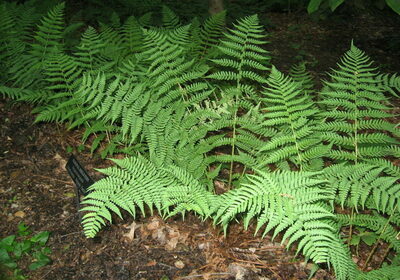 Ferns for Zone 6
Ferns for Zone 6
 Ferns for Zone 7
Ferns for Zone 7
 Ferns for Zone 8
Ferns for Zone 8
 Christmas bows
Christmas bows
 Fresh Wreaths
Fresh Wreaths
 Garlands
Garlands
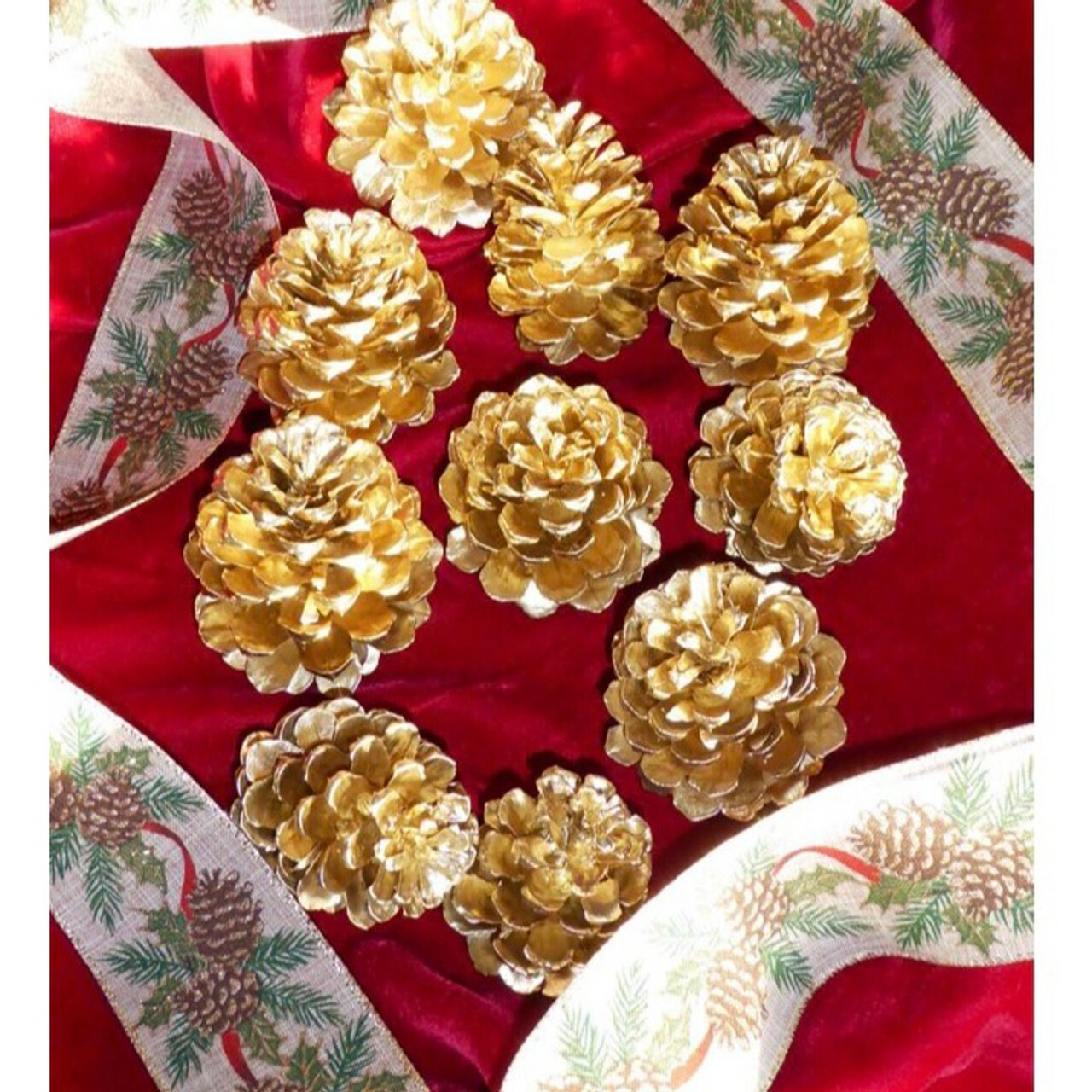 Large Pine Cones
Large Pine Cones
 Live Mistletoe
Live Mistletoe
 Moss
Moss
 Shop Trees By Zone
Shop Trees By Zone
 Tree Seedlings
Tree Seedlings
 Fast Growing Trees
Fast Growing Trees
 Pine Trees
Pine Trees
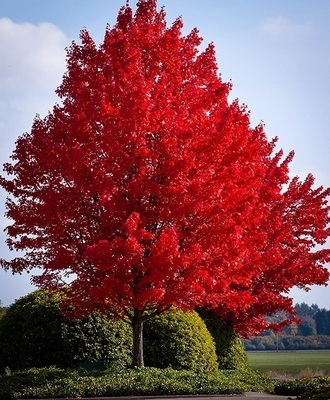 Live Stakes
Live Stakes
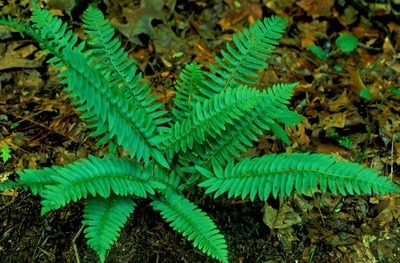 Evergreens
Evergreens
 Cactus
Cactus
 Combos
Combos
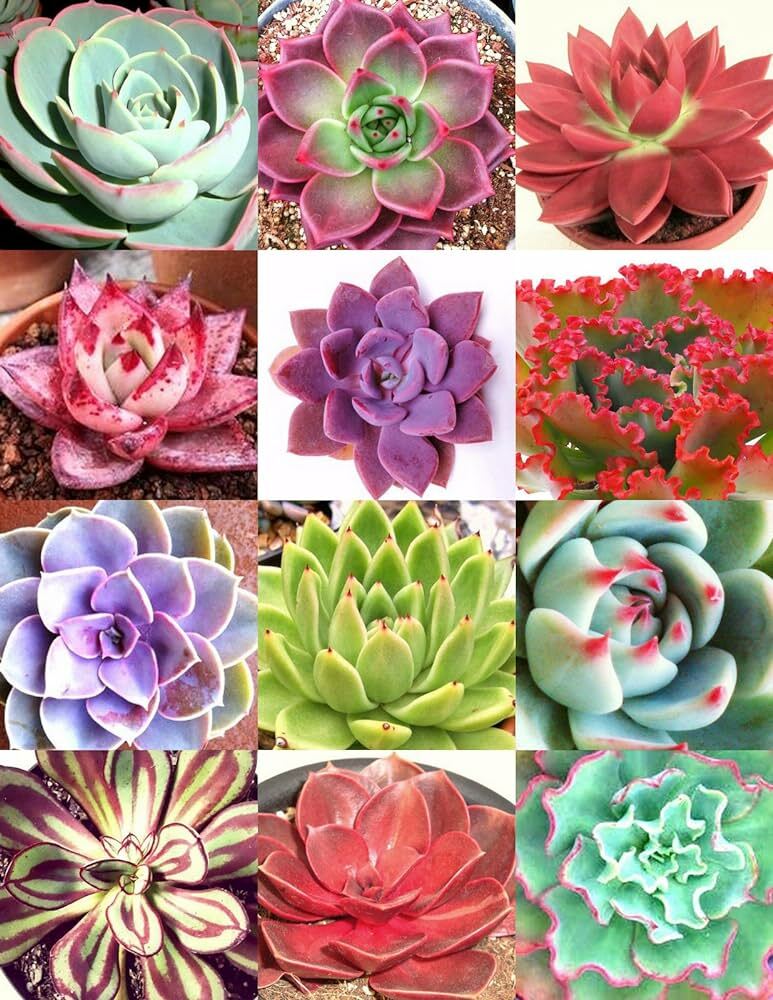 Echeveria
Echeveria
 Haworthia
Haworthia
 Sedum - Stonecrop
Sedum - Stonecrop